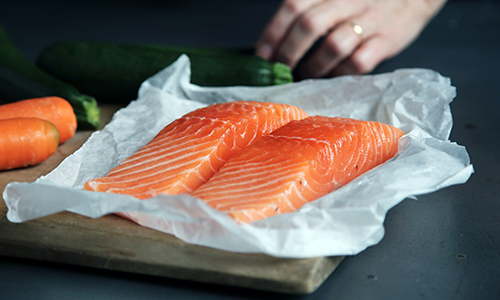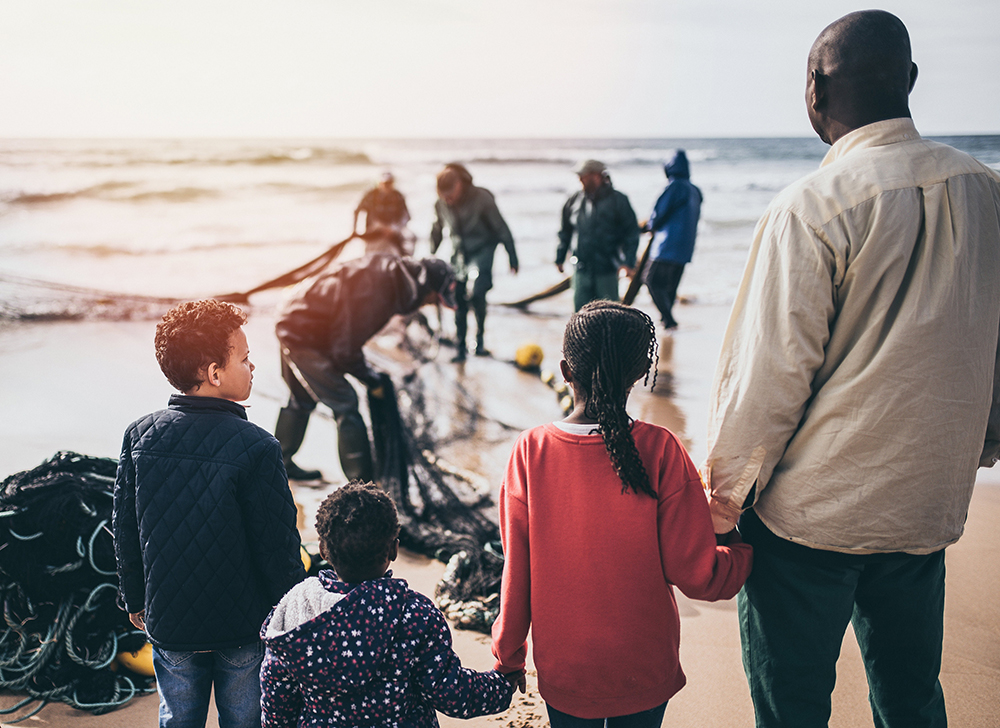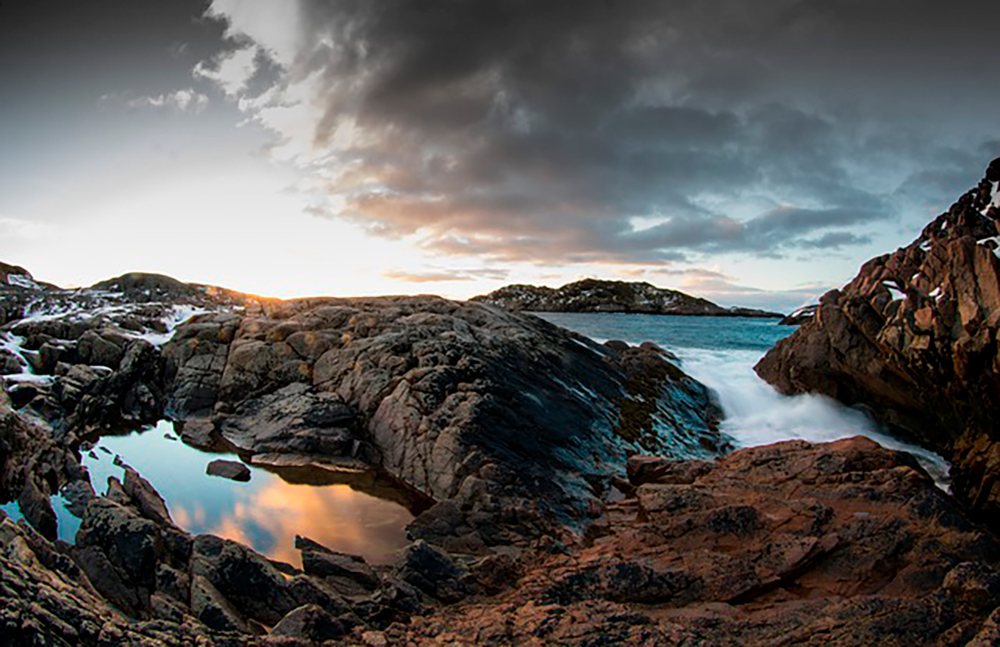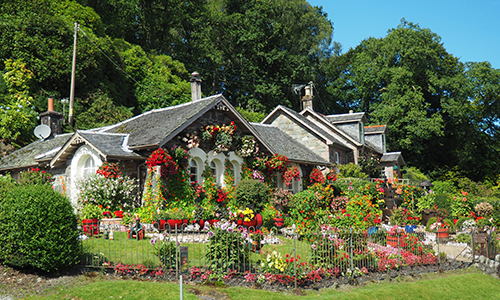
Scientists finally know why millions of seabirds wound up dead on Australian beaches after unravelling a complex tale involving floating rocks, an underwater volcano and possibly something called The Blob.Back in 2013, the carcasses of short-tailed shearwaters, commonly known as muttonbirds, were found en masse along Australia’s east coast.
Clusters of carcasses even started turning up on Lord Howe Island, 600 kilometres off the Australian coast, and across the Tasman Sea in New Zealand.
Those that weren’t dead were in such poor condition they would not take food offered by wildlife carers and quickly died.
Images of those dead and dying birds are still fresh in the minds of marine ecologist Lauren Roman and Scott Bryan, who studies volcanoes.
Both saw the pitiful creatures lying dead on the sand at beaches in Queensland and New South Wales.
The best estimate is that about three million shearwaters died along the Australian coast that year, but no one knows how many others dropped into the sea on the final stage of their annual migration from feeding grounds in the northern hemisphere.
The first clue about what might have happened came as Mr Bryan, an associate professor of the Queensland University of Technology, picked his way along affected beaches and noticed something else.
Alongside the dead birds was a large amount of pumice, a rock formed when volcanoes release lava containing lots of water and gas.
When the lava cools the resulting rock is so full of bubbles it floats, and the rock will often drift across the ocean in large masses known as rafts.
When Dr Roman, of the CSIRO and University of Tasmania, performed necropsies on 172 birds he found 96.7 per cent of them had eaten pumice. Some birds had 30 small pieces in their stomachs.
She also realised they were dramatically underweight with little muscle mass, which told her they’d not been able to feed properly in the Bering Sea before heading for Australia to breed.
Prof Bryan, who’s been studying pumice rafts for more than 20 years, knew that the year before the dead birds turned up, an underwater volcano northeast of New Zealand had erupted.
In a rare collaboration, experts in seabirds and volcanic activity worked together to prove the hungry birds and the pumice raft produced by the 2012 eruption were just off Australia at the same time.
The presence of so much pumice in the birds’ guts showed they had either intentionally eaten it in an act of desperation, or had become so confused by the effects of starvation that they mistook it for food.
Prof Bryan says the evidence suggests the latter.
Dr Roman, the lead author of the research, says what is not known is why the birds didn’t feed properly that year in the Bering Sea. But she has a theory that The Blob might be responsible.
The Blob was the nickname given to a marine heatwave that lasted three years and dramatically disrupted food chains in the Bering Sea and elsewhere.
“We know The Blob did cause seabird wrecks (mass deaths) of Arctic seabirds in subsequent years. It may be a factor with the shearwaters but we don’t know for sure,” she says.
Currently, adult short-tailed shearwaters are leaving their breeding grounds in Australia and making their way back to the Bering Sea.
Thankfully, Dr Roman says, the birds that have been here this season arrived in good condition, and there’s since been nothing like the mass die-off of 2013.
The research has been published in the journal Marine Ecology Progress Series.

 Subscribe to The Daily Telegraph to get unrestricted digital access, home paper delivery, Apps for iPad and Android, member only +Rewards and much more…
Subscribe to The Daily Telegraph to get unrestricted digital access, home paper delivery, Apps for iPad and Android, member only +Rewards and much more…  Do you compost or buy second hand?
Do you compost or buy second hand?  The Newsreader review: Exhilirating Australian prestige drama
The Newsreader review: Exhilirating Australian prestige drama  Local shares fell on Friday as investors make last-minute adjustments to their portfolios ahead of the main index’s rebalancing, while unease over rising infections grows.
Local shares fell on Friday as investors make last-minute adjustments to their portfolios ahead of the main index’s rebalancing, while unease over rising infections grows. 


